Speaker
Description
A non-intrusive multi-dimensional analysis method can be useful in many pharmaceutical applications, especially for the analysis of solid dosage forms, where spatial information using conventional analytical methods can typically only be obtained after destructive manipulations with samples prior to or during the measurements. This study demonstrated a new combination method of low-frequency and spatially offset Raman spectroscopy (SORS) method called spatially offset low-frequency Raman spectroscopy (SOLFRS) via the analysis of a number of model systems that showcase its capabilities for probing the layer (for example, coating) content/thickness characteristics as well as monitoring solid-state form transformations spatially.
For this purpose, celecoxib, lactose monohydrate (α-LM) and its stable anhydrous form (α-LS) as well as polyvinylpyrrolidone (PVP) were used as model compounds, and were incorporated in a variety of different multi-layer/multi-component tablets. Raman measurements were conducted using an in-house built system, and using both traditional SORS (SOLFRS) and micro-SORS (micro-SOLFRS) experimental arrangements. The associated data analysis was facilitated by the application of a variety of different chemometric techniques.
In all the explored scenarios, micro-SOLFRS/SOLFRS proved superior to the more commonly used mid-frequency (fingerprint) Raman region that is used in SORS, yielding better Raman signals from the subsurface. This aspect, for example, not only enabled a more accurate determination of surface layer (i.e., coating) thickness characteristics, but also allowed to probe much deeper subsurface areas.

